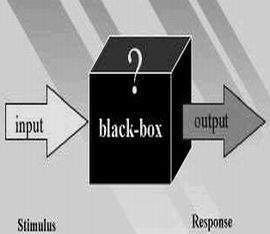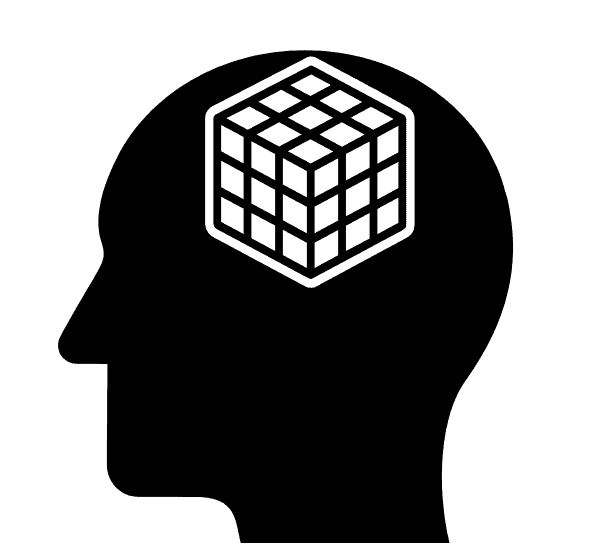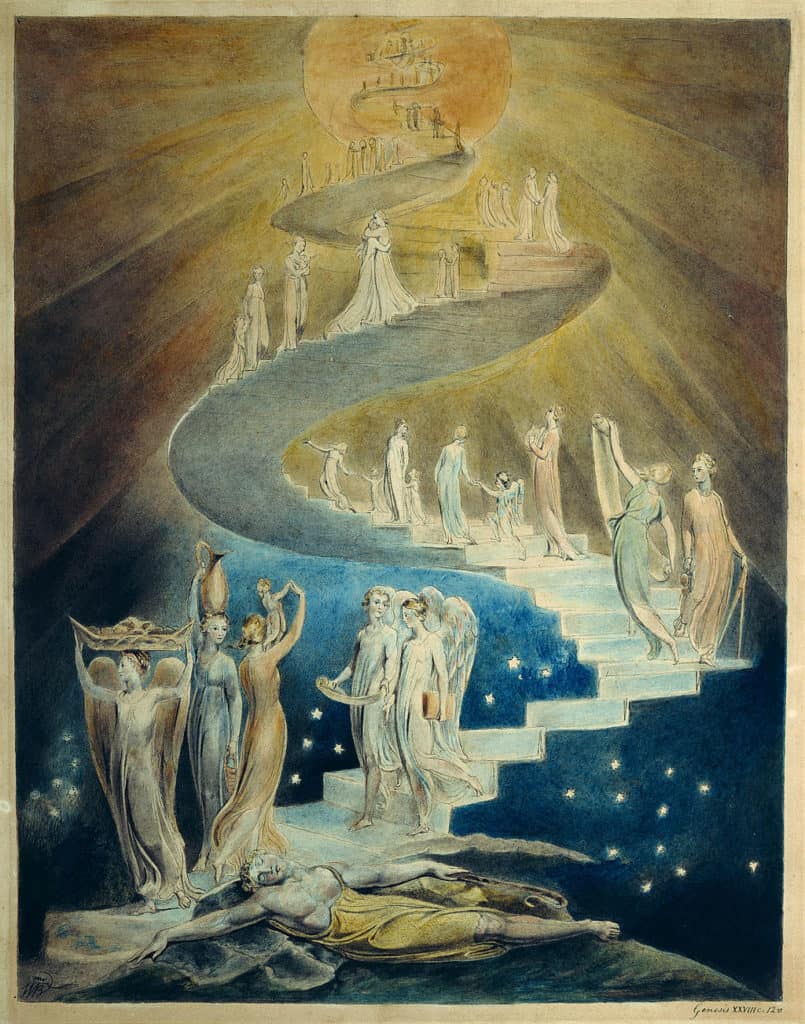Pattern-Matching, Similarity, and Almost Gate
In neuroscience, the process I call pattern-matching is sometimes called invariance.
Yohan John in Quora raises Aristotle’s question: How does your brain discover similarity in the midst of so much dissimilarity? His answer is that the brain mysteriously creates invariant representations of objects and patterns.
Below, two neural properties will unravel the mystery.
What is invariance?
In math and physics, an invariant is a property of a system which remains unchanged under some transformation. Here are three short ways invariance arises in cognition.
- Sensory invariance. We can identify an object no matter its physical position with respect to us. A table seen from five feet straight on and from twenty feet away at an angle are recognized as the same table.
- Partial information is sufficient to detect a pattern.. A quick glimpse of a face across a crowded dance floor can be enough to identify your friend.
- Contradictory information does not block pattern recognition. Your friend meets you, but surprise, he’s shaved his head completely bald. Nonetheless, you recognize your friend, despite never having seen this look before.
Two Neural Properties
A narrow, but vital thread to understanding pattern-matching or invariance arises from two properties of the neuron—the neural threshold and the All-or-None Principle.
James Kalat in his text, Biological Psychology (p. 42) puts it this way. Any subthreshold stimulation produces a small response proportional to the amount of current. Any stimulation beyond the threshold, regardless of how far beyond, produces the same response.
Separate sensations or memories that both exceed the neuron’s threshold thereafter are treated identically by one’s brain.
Almost Gate
I call this neural feature the Almost Gate. If two inputs are almost the same, they both unlock the gate and thereafter are effectively the same to the mind.*
The two inputs can be arrive separately, one from current sensory information and the other from a remembered event.

If the neuron’s electrical potential exceeds the threshold, it doesn’t matter how much it exceeds it, it goes over the black-box, the Almost Gate.
Impact of the Almost Gate on Thinking
- A person with a low Almost Gate (neural threshold) will see more similarities than a person with a high Almost Gate.
- A person with a high Almost Gate will notice more details, resulting in fewer similarities shared by categories.
- Genetics determines the height of the Almost Gate. A low Almost Gate results in a more creative interpretation of the world, while a high Almost Gate means fewer miscalculations based on erroneous similarities.
Image of black-box http://www.new-science-theory.com/black-box-theory.jpg


